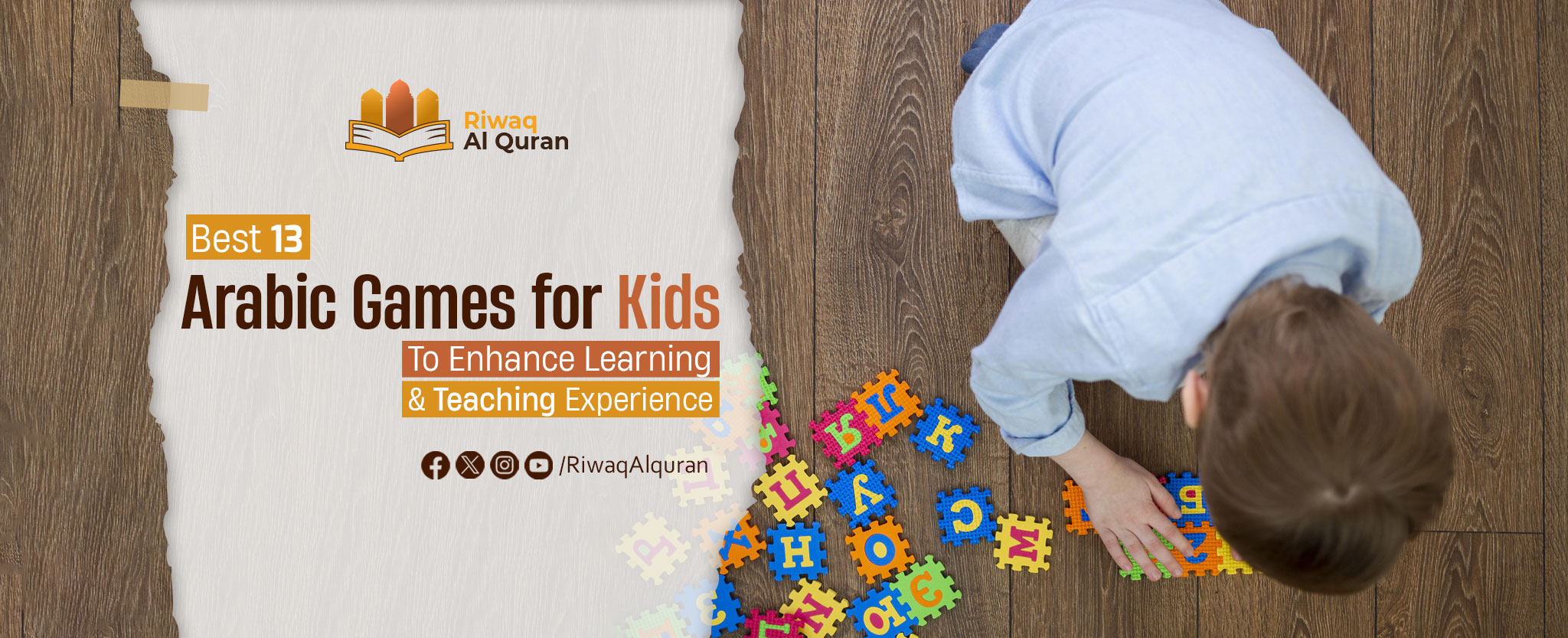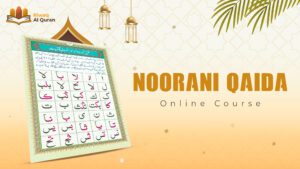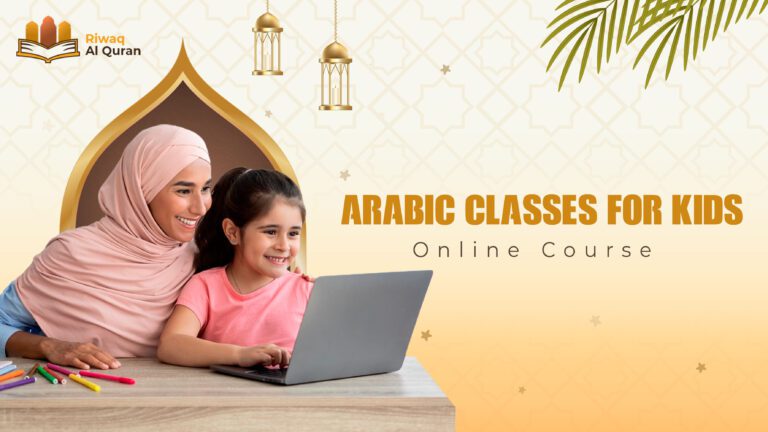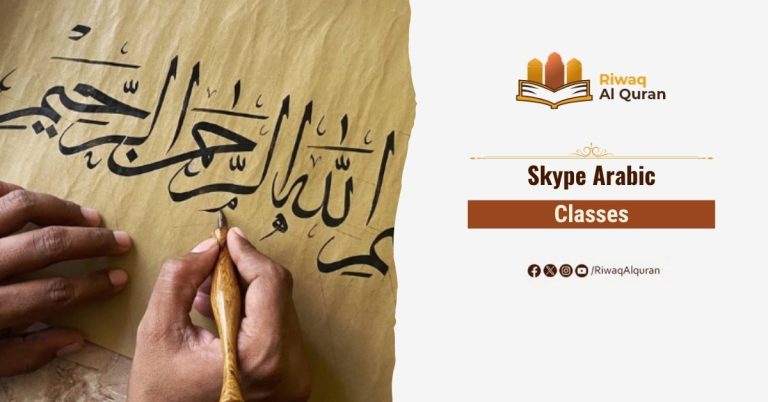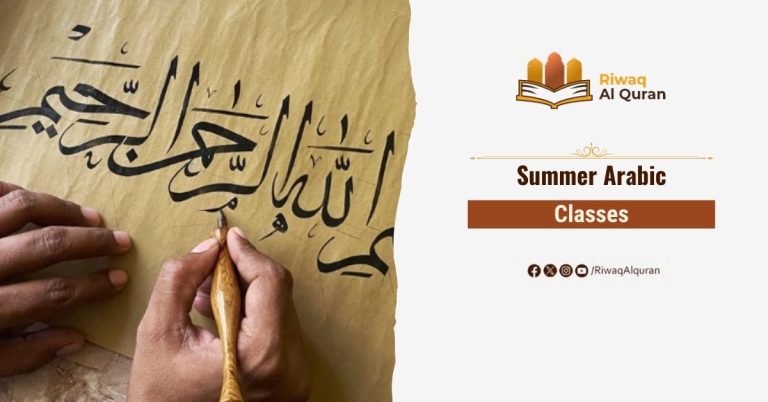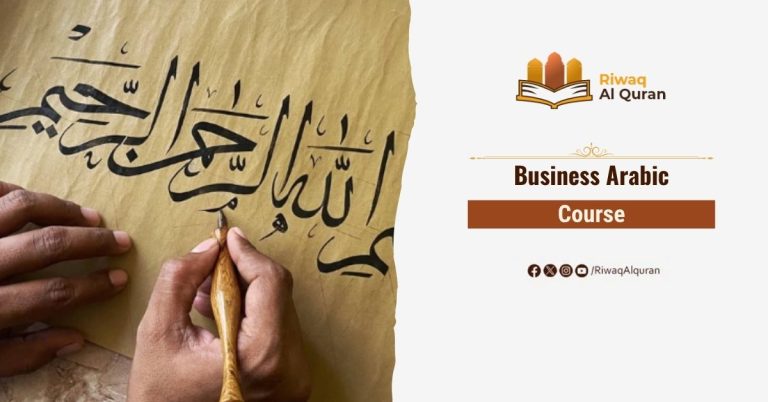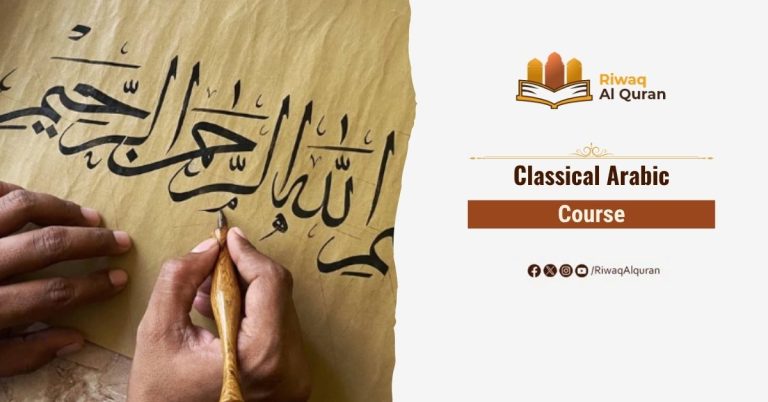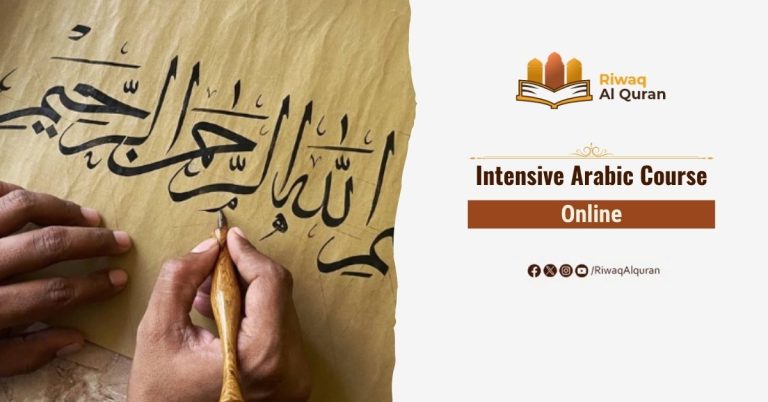Teaching Arabic Games for Kids with other kids’ activities is a dynamic approach that not only imparts linguistic skills but also cultivates a deep appreciation for the language and its rich cultural heritage. Just as employing games to teach the Quran serves to instill spiritual values and deepen understanding, integrating fun and interactive elements into Arabic instruction sparks enthusiasm and facilitates comprehension.
By incorporating age-appropriate games and activities, we create an immersive learning environment where children not only absorb Arabic vocabulary and grammar but also develop a genuine love for the language. Through these playful experiences, children engage with Arabic in a way that resonates with their interests and cognitive abilities, laying a strong foundation for their linguistic journey while fostering cultural appreciation and global awareness. Keep reading this blog for creative game ideas!
Table of Contents
Arabic Learning Games for Kids
When teaching Arabic to children through games, it’s advantageous to select activities that cater to different learning styles, such as kinesthetic, auditory, or visual, depending on what best suits the children. This approach ensures that learning is not only effective but also lasting. Considering the age of the children is also crucial when selecting games, as it allows us to tailor the activities to their developmental stage and interests.
In this section, we have curated a collection of games that utilize kinesthetic, auditory, and visual learning techniques, providing you with a variety of ideas to make Arabic learning engaging and impactful for children:
1. Arabic Alphabet Treasure Hunt
Create a treasure hunt using Arabic alphabet cards or printouts hidden around the house or classroom. Each card should feature a different Arabic letter. Provide clues written in Arabic or verbally given in Arabic to guide children to find the hidden letters. As they discover each letter, encourage them to say its name aloud and identify its sound. This game engages kinesthetic learning through physical movement and auditory learning as they hear and repeat the letter names.
2. Arabic Letter Puzzles
Make or purchase Arabic letter puzzles where each piece represents a different letter of the alphabet. Children can assemble the puzzles by matching the letters with their corresponding shapes. Encourage them to say the letter names and sounds as they complete each puzzle. This activity enhances visual learning as children recognize and match the letters, while also reinforcing auditory learning as they repeat the sounds.
3. Arabic Alphabet Bingo
Create bingo cards with Arabic letters randomly arranged in each square. Call out letter names or sounds in Arabic, and children mark the corresponding letter on their bingo cards. The first player to complete a row, column, or diagonal shouts “Bingo!” This game reinforces letter recognition and auditory learning as children listen for the called letters and match them on their cards.
4. Arabic Letter Memory Game
Make a set of matching cards featuring Arabic letters written on them. Place the cards face down in a grid formation. Players take turns flipping over two cards at a time, trying to find matching pairs of letters. If they find a match, they keep the cards and take another turn. This game enhances visual memory and recognition of Arabic letters while also incorporating auditory learning as players name the letters they flip over.
5. Arabic Alphabet Relay Race
Divide children into teams and set up a relay race course with cones or markers. Place flashcards with Arabic letters at one end of the course and empty buckets or baskets at the other end for each team. One player from each team runs to the letter cards, selects one, and runs back to their team to place it in their team’s bucket. The next player then repeats the process. This game incorporates kinesthetic learning through physical activity and reinforces letter recognition as children retrieve and identify the letters.
6. Arabic Alphabet Bean Bag Toss
Create large letter targets on the ground using chalk or masking tape, each representing a different Arabic letter. Provide children with bean bags or softballs. Call out a letter name or sound in Arabic, and children toss the bean bags onto the corresponding letter target. This game combines kinesthetic learning with auditory learning as children listen for the called letters and physically engage by tossing the bean bags.
7. Arabic Letter Scavenger Hunt
Hide objects around the room or outdoors that start with different Arabic letters. Provide children with a list of letters they need to find and the corresponding objects they should search for. As children locate each item, they can say its name in Arabic and identify the corresponding letter. This activity encourages visual learning as children search for objects and it also reinforces auditory learning as they name the objects in Arabic.
8. Arabic Alphabet Dominoes
Create a set of dominoes featuring Arabic letters and corresponding images or words that start with each letter. Children take turns matching the letters and images/words, creating a chain of connected dominoes. This game reinforces letter recognition and vocabulary building while incorporating visual and tactile learning as children manipulate the domino pieces.
9. Arabic Letter Hopscotch
Draw a hopscotch grid on the ground, with each square containing a different Arabic letter. Children take turns hopping through the grid, calling out the letter name or sound as they land on each square. For added challenge, you can ask them to say a word in Arabic that starts with the letter before moving to the next square. This game promotes kinesthetic learning through movement and auditory learning as children vocalize the letter names and words.
10. Arabic Alphabet Musical Chairs
Arrange chairs in a circle, with each chair containing a flashcard or image of an Arabic letter. Play Arabic music while children walk around the chairs. When the music stops, children must quickly find a chair and identify the letter on it. Remove one chair after each round, just like in traditional musical chairs. This game incorporates auditory learning through music and reinforces letter recognition as children race to find the correct chairs.
11. Utilizing Play-Doh to Teach the Arabic Alphabet
Crafting Arabic letters with Play-Doh can be an enjoyable activity, provided it suits the child’s age. Arabic alphabet molds or homemade creations can be used for this purpose. When introducing the letters, it’s essential to start by stating the letter’s name. During the molding process, emphasis should be placed on repetitive sound practice to aid in learning. By physically engaging with the letters, children can enhance their understanding through kinesthetic learning.
12. Coloring Arabic Letters
Children can color Arabic letters either in a coloring book, printed sheets or by drawing the letters themselves. Watercolors, pastels, or dry paint can be chosen for this creative task. Consistent engagement in this activity helps children recall previously learned letters and progress through the alphabet systematically. This method particularly benefits children with a strong preference for visual learning.
13. Listen to the Letter Card Game
This game requires Arabic alphabet cards, which can be either homemade or purchased. Place the cards in front of the child and prompt them to identify the letter and pronounce the sound corresponding to the letter you say or play from an audio source. Regular play of this game reinforces learning, helping children improve their pronunciation and auditory discrimination skills alongside letter recognition.

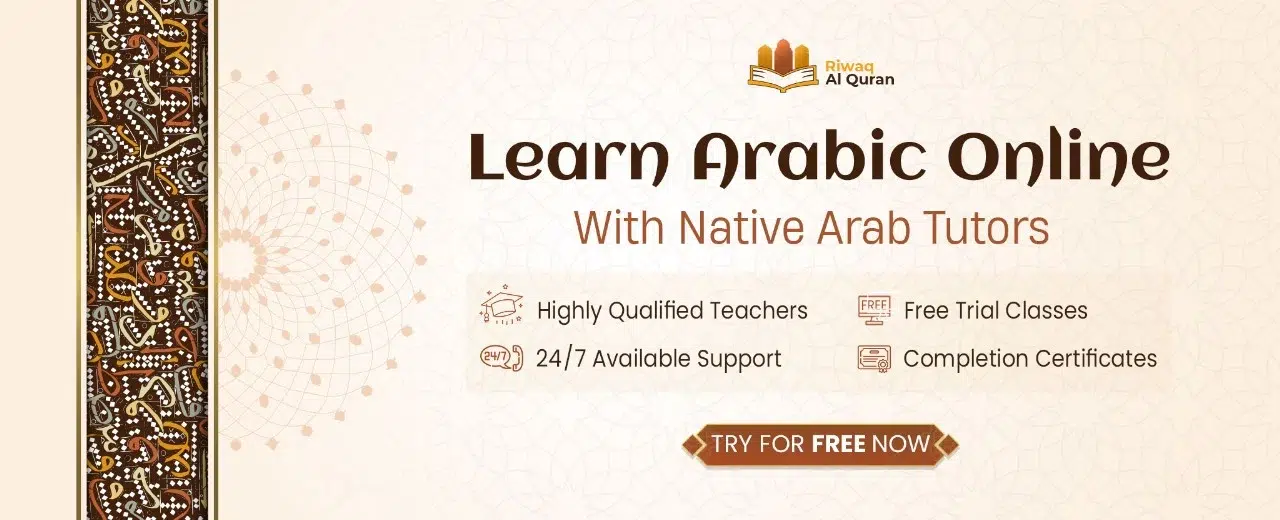
Benefits of Integrating Games with Arabic Teaching
Teaching Arabic through games offers a multitude of benefits for kids, making the learning process enjoyable and effective. Here are some of these benefits:
1. Engagement
Teaching Arabic through games ensures that children are fully engaged and actively participating in the learning process. By incorporating elements of play and interactivity, games capture children’s attention and maintain their interest throughout the lesson. Unlike traditional teaching methods, which may sometimes feel tedious or monotonous, games provide a dynamic and stimulating environment where children are eager to learn and participate.
2. Fun and Enjoyment
Learning Arabic through games transforms what could be perceived as a daunting task into an enjoyable and rewarding experience. Children naturally gravitate towards activities that they find fun, and games offer the perfect opportunity to make language learning enjoyable. Whether it’s through board games, digital apps, or interactive activities, the element of fun encourages children to actively engage with the Arabic language and look forward to their language lessons.
3. Active Learning
Games promote active learning by encouraging children to participate actively in the language-learning process. Rather than passively absorbing information, children are actively involved in speaking, listening, reading, and writing Arabic. Whether they’re role-playing, solving puzzles, or engaging in language-based challenges, games provide hands-on opportunities for children to practice and apply their Arabic language skills in a meaningful context.
4. Repetition and Reinforcement
Games offer an ideal platform for repeated exposure to Arabic vocabulary, grammar, and pronunciation. Through the repetition of language patterns and structures in various gaming scenarios, children reinforce their understanding and retention of key language concepts. Repetitive play of language games helps solidify vocabulary and grammar structures in children’s minds, leading to improved language proficiency over time.
5. Multi-sensory Learning
Many language games incorporate a multi-sensory approach, appealing to different learning styles and preferences. Visual, auditory, and kinesthetic elements are often integrated into gaming activities, providing children with a rich and immersive language-learning experience. Whether they’re watching animated characters, listening to audio prompts, or engaging in hands-on activities, children benefit from the diverse range of stimuli that games offer, enhancing their comprehension and retention of Arabic language skills.
6. Building Confidence
Completing games and achieving goals boosts children’s confidence in their Arabic language abilities. The sense of accomplishment that comes from mastering a new language skill or overcoming a linguistic challenge motivates children to continue learning and exploring the Arabic language further. Positive reinforcement through gaming not only instills confidence but also empowers children to take ownership of their language-learning journey and pursue their goals with enthusiasm and determination.
7. Social Interaction
Many language games encourage collaboration and communication among peers, fostering social interaction and teamwork. Whether children are playing cooperative games, engaging in group discussions, or participating in language-based challenges, they have the opportunity to practice Arabic conversation skills and learn from each other’s language experiences. Through shared gaming experiences, children develop important social skills, such as cooperation, communication, and empathy, while also enhancing their Arabic language proficiency in a supportive and interactive environment.
8. Cultural Understanding
Some Arabic language games incorporate cultural elements, introducing children to the rich traditions, history, and customs of Arabic-speaking countries. By exploring cultural themes and contexts within the gaming environment, children gain a deeper understanding and appreciation of the Arabic language and its significance in global society. Whether they’re learning about traditional celebrations, cultural practices, or historical landmarks, games provide a gateway to cross-cultural understanding and appreciation, enriching children’s language learning experience with valuable insights into the diverse Arabic-speaking world.
9. Flexibility and Adaptability
Language games offer flexibility and adaptability, allowing educators and parents to tailor gaming activities to suit children’s ages, proficiency levels, and learning objectives. Whether it’s modifying game rules, adjusting difficulty levels, or customizing content to address specific language skills, games can be easily adapted to meet the individual needs of learners. This versatility ensures that Arabic learning remains accessible and engaging for all children, regardless of their background, learning style, or language ability.
10. Long-term Interest
By associating Arabic learning with enjoyable gaming experiences, children develop a lasting interest in the language. The positive attitude towards Arabic cultivated through gaming lays the foundation for continued language study and opens doors to future opportunities for cultural exchange and communication. Whether children continue to explore Arabic through games, literature, or real-life interactions, the love for the language instilled through gaming remains a driving force in their ongoing language learning journey, paving the way for lifelong proficiency and appreciation of the Arabic language and culture.
Learn Arabic Through Games with Riwaq Al Quran!
Arabic learning games have an important place for children to learn the language with love. Learning with games provides many cognitive, physical, social, and emotional benefits in the development of the child. For this reason, it is one of the main methods used in teaching Arabic to children.
At Riwaq Al Arabic, we recognize the immense value of games in instilling a deep love and appreciation for the Arabic language in young learners. By immersing children in interactive and playful learning environments, we not only make the process enjoyable but also foster a lasting connection with Arabic.
Join us on this exciting journey as we embark on a quest to explore the beauty of Arabic through fun and engaging games. Enroll in our special Arabic Course for Kids today and witness the transformative power of learning through play!


Conclusion:
Teaching Arabic to kids through games is an engaging and effective approach, fostering both language skills and cultural appreciation. With activities like treasure hunts and bingo, children learn Arabic letters and sounds in interactive ways that suit their learning styles and developmental stages.
These Arabic games for kids promote active learning, repetition, and multi-sensory engagement, building confidence and social skills while nurturing a lifelong interest in Arabic language and culture. Through playful experiences, children develop proficiency, appreciation, and a sense of connection to the Arabic-speaking world, making language learning enjoyable and meaningful.

